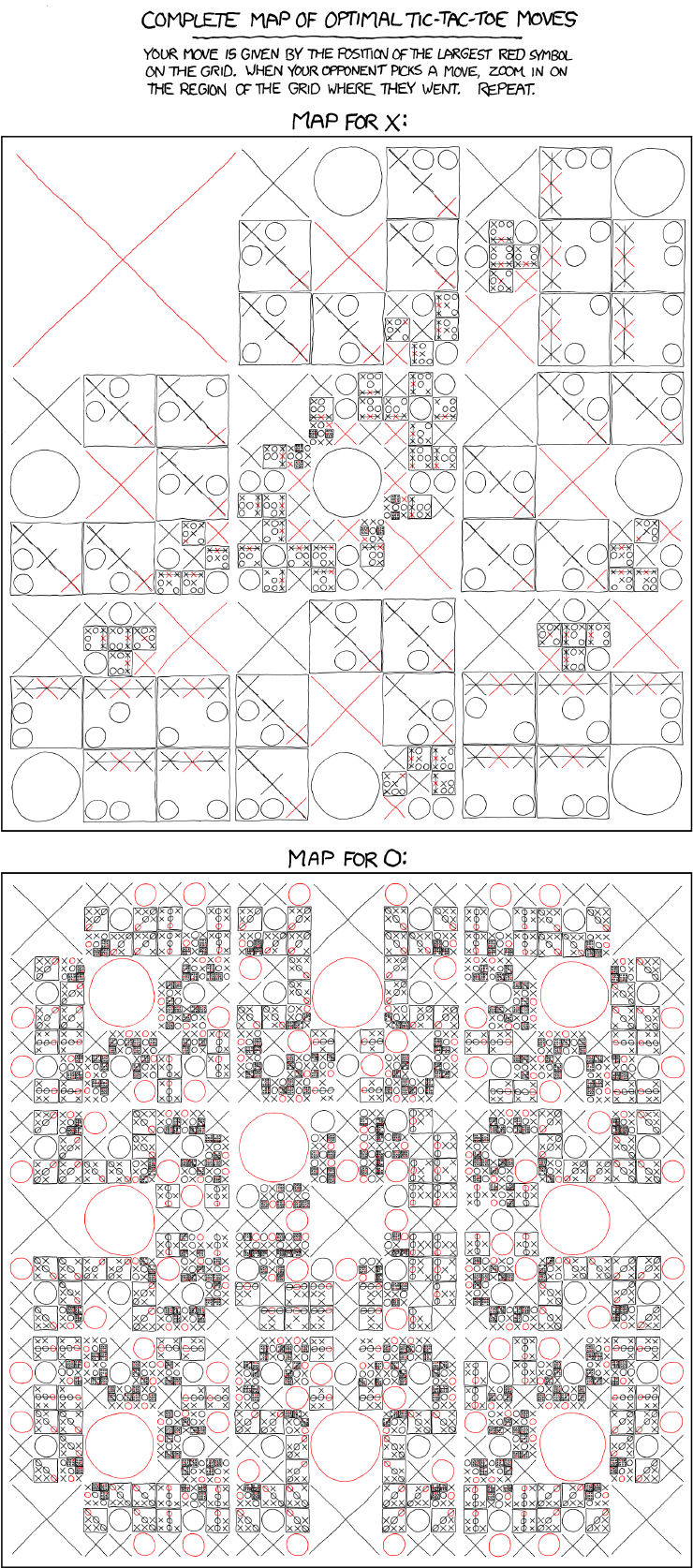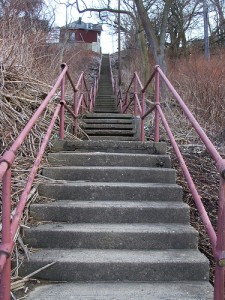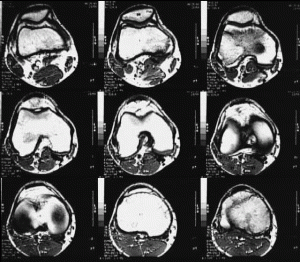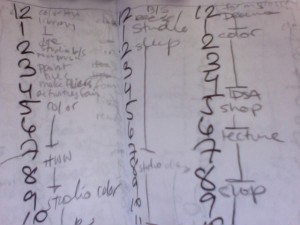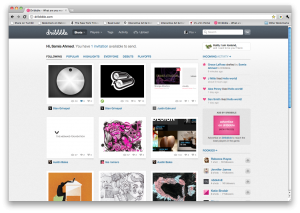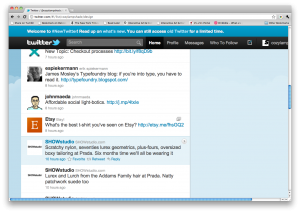Possible dataset for Project 2
1. Using Google Trends to self-explore my last years online searching behavior. From Google Trands I can get my searching keywords, searching frequency, and even searching time by months. I can visualize these data to analyze my online activities.
2. Google Trends provide searching keywords datasets. Using this feature, I can explore people’s online searching keywords and do some interesting comparison, such as the trend of searching “Good” Vs searching “Evil”.
3. I am kinds of interested in the evolution of programming language. Since the very first programming language came out, many of them have died, some of them evolve to others, and some just become popular. I hope to visualize the trends of programming language’s evolution.
4. GLOBAL HUNGER INDEX DATA
It is good to know that on the same earth there are still that huge numbers of people who don’t have enough food and facing the threat of death. I found this dataset from here. Maybe I can do some comparison between the “hungry” world and the “wealth” world through some physical visualization installation, to arouse people’s care for the poor world.

